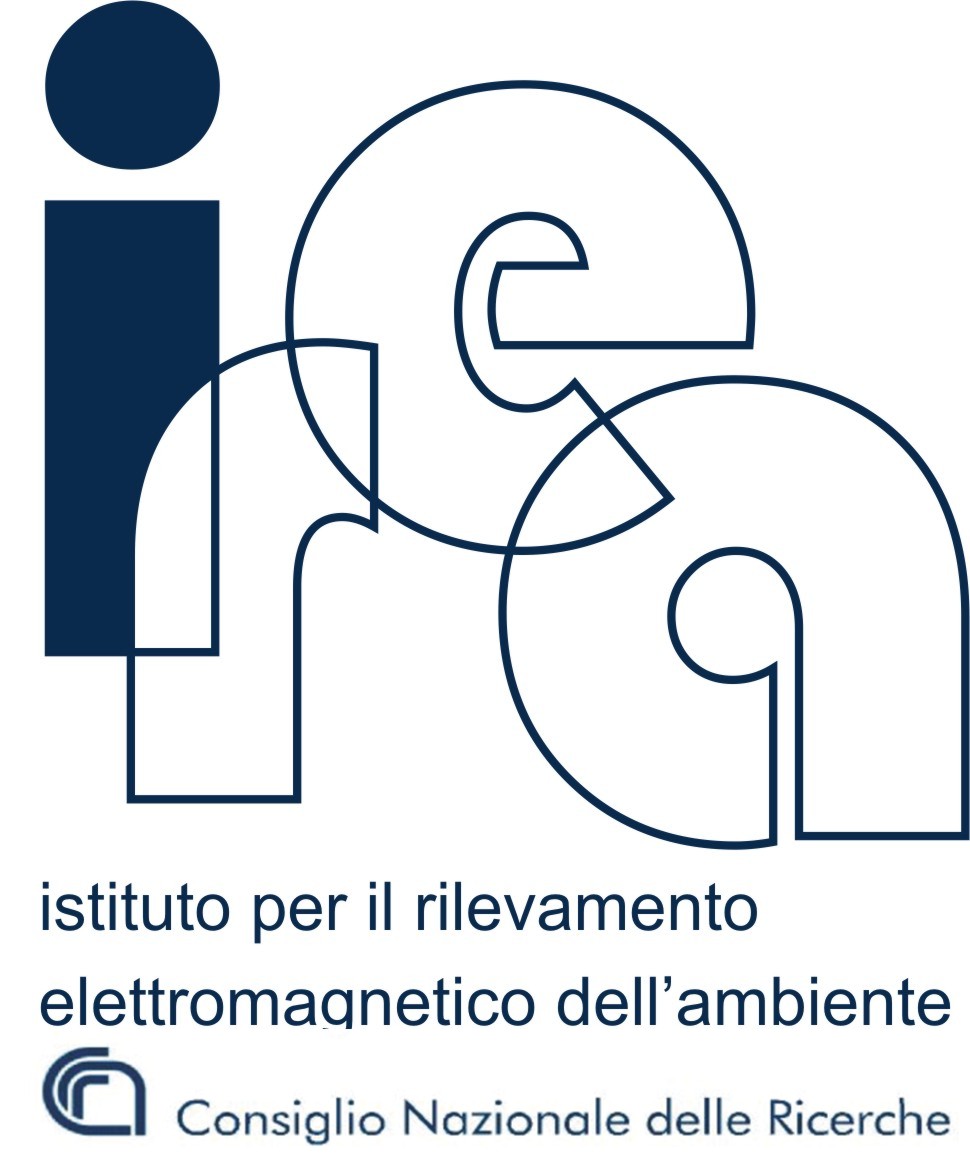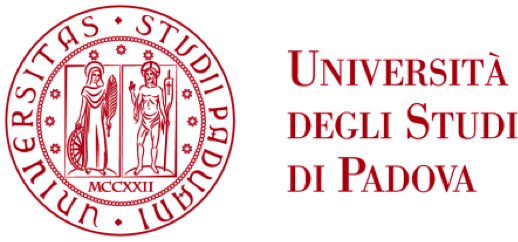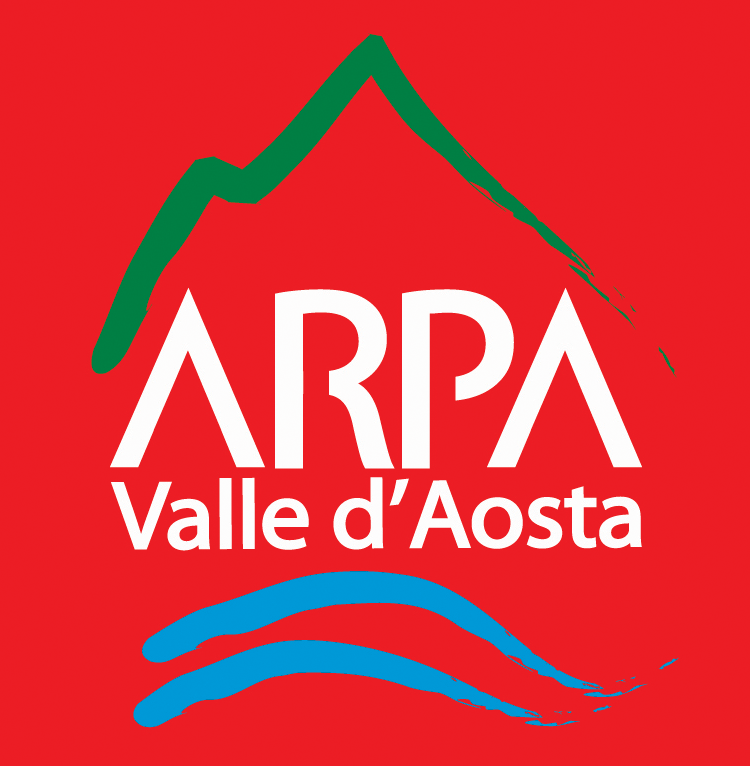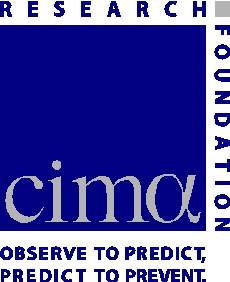Tu sei qui
EGU 2013 - HS6.5: The Third Pole Environment - Observation and modelling of hydrometeorological processes in high elevation areas

Convener: Yaoming Ma
Co-Conveners: Peter van Oevelen, Bob Su, Fan Zhang, Antonello Provenzale, Hans-Werner Jacobi
Abstract:
The headwater areas of the major rivers in Southeast Asia are located in the Tibetan Plateau, where intensive exchanges of water and energy fluxes between the Asian monsoon, the plateau cryosphere and the plateau surface take place. IPCC 2007 states that “glacier melt in the Himalayas is projected to increase flooding, and rock avalanches from destabilised slopes, and to affect water resources within the next two to three decades. This will be followed by decreased river flows as the glaciers recede”. This statement has caused considerable controversy, because it was reported that an error occurred in altering 2350 to 2035 when it was suggested that all the glaciers in the Himalayas would melt. Despite this obvious mishap, this incident reveals a critical lack of knowledge on this unique environment. For example, current estimates of the plateau water balance rely only on sparse and sporadic observations that cannot provide the required accuracy, spatial density and temporal frequency for accurate quantification and prediction of the impacts of climate change on water resources nor for development of adaptation and mitigation measures. Fully integrated use of satellite observations and ground measurements is essential to clarify the roles of the interactions between glaciers, plateau surface and the atmosphere. This session invites contributions dealing with advances in issues to improve the understanding of the interactions of the Asian monsoon, glaciers and the Tibetan plateau in terms of water and energy budgets in order to assess and understand the causes of changes in cryosphere and hydrosphere in relation to changes of plateau atmosphere in the Asian monsoon system, and to predict possible changes in water resources in the Third Pole Environment. Contributions dealing with the observation and modelling of hydrometeorological processes in Arctic and Antarctica as well as other high elevation areas are also welcome.




























